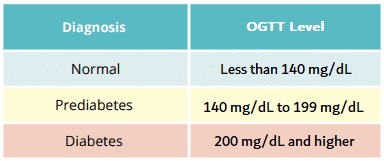Prediabetes

Prediabetes occurs when your blood glucose levels are higher than normal but not high enough to be diagnosed as type 2 diabetes. It often has no symptoms.
Many people have heard about type 2 diabetes, but its common precursor, prediabetes, doesn’t get as much attention. Prediabetes affects approximately 88 million adults in the US, and an estimated 84% of people with prediabetes don’t know they have it. According to the CDC, 15-30% of these individuals will develop type 2 diabetes within five years. In other words, more than 26 million people who currently have prediabetes could develop type 2 diabetes by 2026.
Prediabetes is a condition where a person’s blood sugar levels are higher than the normal range (less than 5.7%), but not high enough to be diagnosed as type 2 diabetes (6.5% or greater). This occurs when the body has trouble making insulin as well as using the insulin it does make effectively, and glucose starts to build up in the bloodstream instead of fueling the body’s cells. Insulin is the hormone that tells most of the cells in the body to take up glucose. In prediabetes, people typically have insulin resistance (when the body’s cells don’t respond to insulin as well) and don't make enough insulin. If no actions are taken, over time their ability to make insulin continues to be reduced. When this happens, prediabetes can progress to type 2 diabetes.
Diagnostic Information for Prediabetes Tests

A1C test
Normal: Less than 5.7%
Prediabetes: 5.7-6.4%
Diabetes: 6.5% and above

Fasting Plasma Glucose test
Normal: Less than 100 mg/dl
Prediabetes: 100-125 mg/dl
Diabetes: 126 mg/dl and above

Oral Glucose Tolerance test
Normal: Less than 140 mg/dl
Prediabetes: 140-199 mg/dl
Diabetes: 200 mg/dl and above







